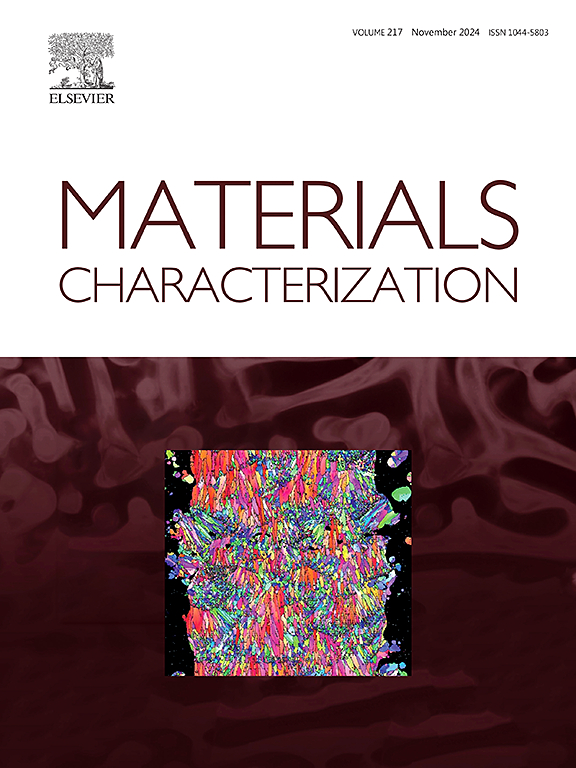Excellent strength-toughness balance of low-carbon low-alloy steel manufactured by a three-stage rolling coupling inter-pass reheating process
IF 4.8
2区 材料科学
Q1 MATERIALS SCIENCE, CHARACTERIZATION & TESTING
引用次数: 0
Abstract
In this study, a low-carbon low-alloy (LCLA) steel with ferrite and bainite mixed structure was successfully prepared by a novel three-stage rolling coupling inter-pass reheating process (TPS). The plate was compared to a plate prepared by conventional thermo-mechanical processing (CPS). The study on microstructure evolution, quasi-static tensile properties, dynamic Charpy impact toughness and fracture behavior of the experimental steels were deeply investigated. The results manifests that the TPS technology effectively refine the grain size of austenite grain and optimizes the distribution of the driving force behind phase transitions, thereby facilitating the development of a ferrite-bainite mixed microstructure (83.4 ± 6 % GB + 15.2 ± 3 % PF) in TPS steel. In contrast to CPS steel, the newly developed TPS steel significantly enhances low-temperature impact toughness while maintaining high strength, namely, a yield strength of 532 ± 7 MPa, a total elongation of 21.3 %, and the Charpy impact energy of 137 J at −60 °C. The refined grains and synergistic deformation of mixed microstructure can contribute to the excellent ductility without compromising strength in TPS steel. The excellent impact toughness of TPS steel is induced by multi-factor coupling. Finer initial effective grain size, higher proportion of high angle grain boundarie, higher intensity of the desired texture {332} 〈113〉, and significant hetero-deformation induced stress are all factors affecting toughness. Additionally, benefitted to the “weak interface” between ferrite and bainite, the delamination toughening is fully activated (extrinsic toughening), which significantly improves the overall fracture resistance. Based on the performance optimization results, the feasibility of preparing the LCLA steel with excellent combination of strength, ductility and toughness using three-stage rolling coupling inter-pass reheating process was verified. This innovative approach offers a pathway for the development of superior steel suitable for engineering applications.
求助全文
约1分钟内获得全文
求助全文
来源期刊

Materials Characterization
工程技术-材料科学:表征与测试
CiteScore
7.60
自引率
8.50%
发文量
746
审稿时长
36 days
期刊介绍:
Materials Characterization features original articles and state-of-the-art reviews on theoretical and practical aspects of the structure and behaviour of materials.
The Journal focuses on all characterization techniques, including all forms of microscopy (light, electron, acoustic, etc.,) and analysis (especially microanalysis and surface analytical techniques). Developments in both this wide range of techniques and their application to the quantification of the microstructure of materials are essential facets of the Journal.
The Journal provides the Materials Scientist/Engineer with up-to-date information on many types of materials with an underlying theme of explaining the behavior of materials using novel approaches. Materials covered by the journal include:
Metals & Alloys
Ceramics
Nanomaterials
Biomedical materials
Optical materials
Composites
Natural Materials.
 求助内容:
求助内容: 应助结果提醒方式:
应助结果提醒方式:


